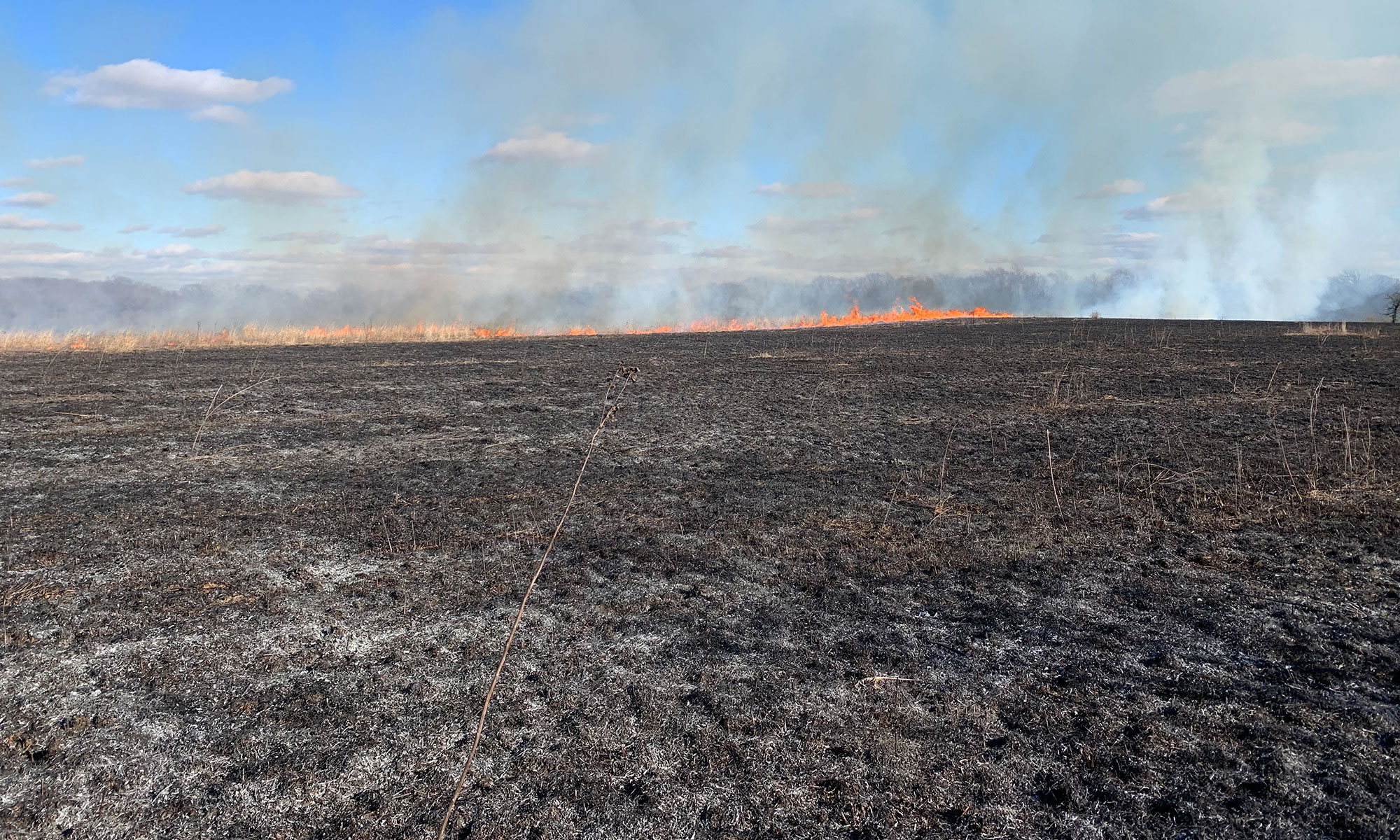Environmental archaeology is the science of reconstructing relationships between past societies and environment using interdisciplinary methods such as archaeobotany, zooarchaeology, and geoarchaeology. EAL focuses on geoarchaeological investigations in collaborations with archaeobotanists and other scientists. This work often takes place outside of cultural sites in lake or river deposits where environmental records are preserved. By working off sites, environmental archaeology presents opportunities to study the long-term relationships between people and the past in a way that often makes minimal impact to cultural sites.
Coring Long Lake
As part of IDOT compliance related investigations, EAL collected sediment cores from Long Lake. Long Lake is a remnant of a yazoo-style backchannel of the Mississippi River in the American Bottom floodplains east of St. Louis. It is next to the Mitchell site, a town-sized Indigenous cultural site north of the ancient city of Cahokia. We cored with the Illinois State Water Survey to see if the lake preserves paleo-hydrological and -environmental records. A good record would help us understand what the environment was like when Indigenous peoples occupied the Mitchell site. This information would inform debates about the role that droughts and flooding played in the culture history of the region. Radiocarbon dates and magnetic fly ash, a by-product of fossil fuels, confirmed there is an intact pre-industrial record in Long Lake. Dating also confirmed that we did not core deep enough.
We experimented with other analyses at Long Lake. We worked with the Metabolomics Core Facility at the Roy J. Carver Biotechnology Center and identified biomarker metabolites associated with humans preserved in historic post-industrial sediments. In collaboration with the Institute for the Advanced Study of Culture and Environment at the University of South Florida, we recovered pollen useful for vegetation histories throughout the cores. We want to return to Long Lake and core deeper!


Wapanocca Bayou, Arkansas
With EAL, Dr. Aiuvalasit completed a manuscript on research at Wapanocca Bayou in Crittenden County, Arkansas. Wapanocca Bayou is next to the Bradley site, a Nodena Phase (1450-1700 CE) town with antecedent Woodland occupations dating back to at least 300 CE. It is a natural oxbow of the Mississippi that infilled (terrestrialized). Changes to ecosystems associated with an oxbow infilling can mimic human disturbance regimes. The goal was to see if we could tease out evidence of Indigenous land-use from the natural vegetation changes. We reconstructed a 2500-year history of vegetation and landscape change using pollen, charcoal, and soil chemistry. Charcoal and phosphorous concentrations indicated that Indigenous land use increased as weedy species came to dominate the vegetation in a more open landscape. Forests did not rebound after the decline of the Bradley site, and Indigenous changes to vegetation persisted into historical times. Geoarcheology Research Associates, Inc. conducted this study for the Army Corps of Engineers. It serves as an example for how environmental archaeology is done as a part of compliance-driven research.
Geoarcheology Research Associates (gra-geoarch.com)

